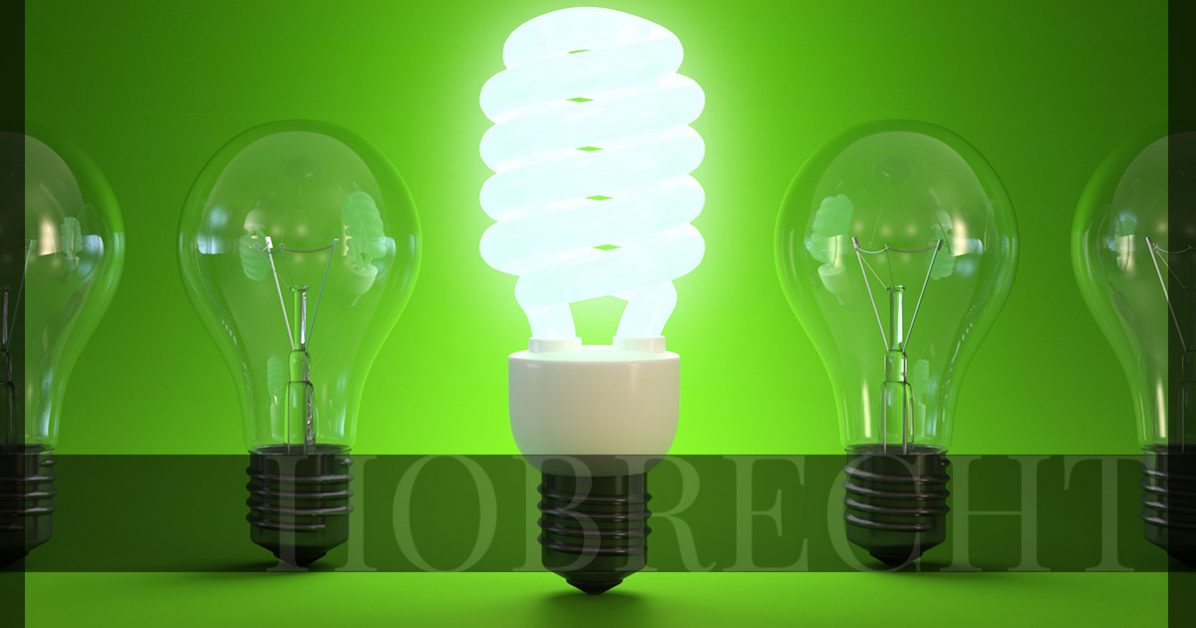With the rise of LED lighting options, many folks are starting to make the switch in their homes and businesses alike. If you have taken a look at converting a room in your home or your entire abode to an LED lighting system, you may have noticed a stark difference in LED and conventional lighting when it comes to the bulbs. In incandescent and fluorescent bulbs, measurements are done in lumens for your LED fixtures and bulbs. You may be curious as to what exactly a lumen is and what it means for your shopping habits in the lighting store. The Hobrecht Lighting team has a quick rundown of what exactly lumens are and how to use them next time you drop by to shop our showroom.
What are Lumens?
If you have ever changed or purchased a light bulb, you are most likely familiar with the concept of watts and wattage. Well, get ready to disregard those completely, because these concepts are entirely different from lumens. Watts are a measurement of energy consumption and usage, which is how we have measured our light bulbs for years. In doing so, there hasn’t been much consideration of how much light or brightness a light bulb supplies, and that is where lumens come in. Lumens are a measurement of light output, or how much light you are getting from a bulb. The more lumens, the brighter or more powerful the light will be.
What Do Lumens and Watts Have to Do with Each Other?
You may be curious how lumens and watts work together now that they have been split into their respective measurement corners. They are assuredly related to each other, and using both is important to get the most efficient usage of your lighting system and fixtures. Because lumens measure output, a higher amount will mean more energy needed to power it. So, if you are using an LED system which requires a high-lumen bulb, it will require more wattage to power it. More lumens = more wattage = more energy usage.
Wait, You Can’t Convert Watts to Lumens?
Sorry, but you can’t substitute one for the other. We’ve tried, but science just won’t let us. Because watts and lumens measure two different types of output, there is no possibility of converting one to the other. This means you’ll have to learn the relation in how much wattage is needed per amount of lumens in an LED light. It might seem like an unnecessary chore at first, but it is useful to take the time and have a basic working knowledge. It will help you choose the correct and most efficient bulbs for your current fixture or the new project you are installing, which will ensure proper lighting and cost effectiveness.
If you are curious about lumens or LED lighting, stop by the Hobrecht Lighting showroom in Sacramento. We have 18,000 square feet of lighting options for you to get lost in and explore and we have one of the most knowledgeable teams in the industry. Drop in and experience the Hobrecht Lighting difference for yourself!


